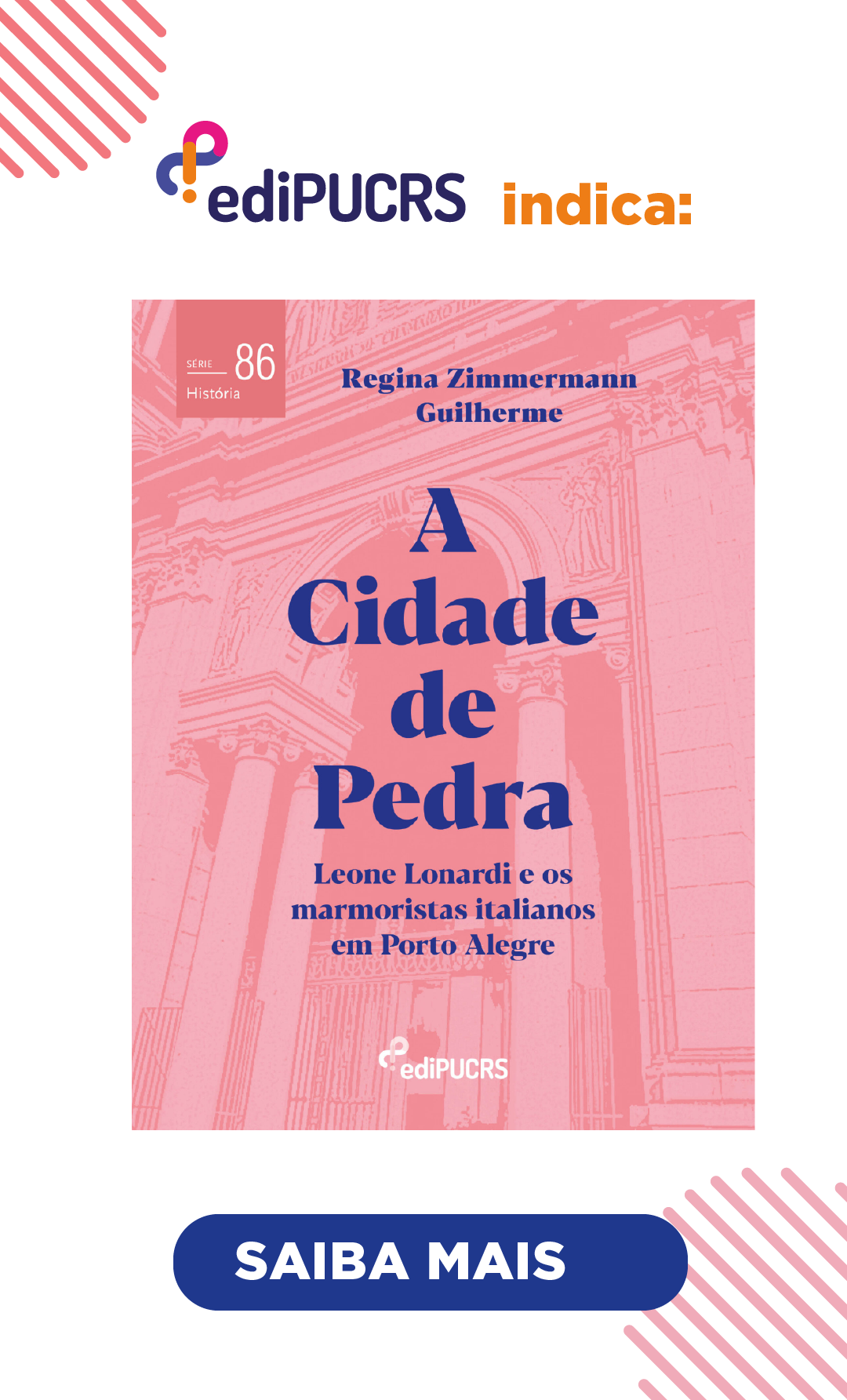URBAN COLONIAL AND SYMBOLS OF POWER: the example of Rio de Janeiro in the XVII and XVIII centuries
DOI:
https://doi.org/10.15448/1980-864X.1998.1.28196Abstract
The present article analyses the experience of the colonial city of Rio de Janeiro in the seventeenth and eighteenth centuries. It interprets its urbanism, and discusses how the Portuguese Crown presided over the tasks of fortification and creation of overseas cities, just as it did over the entire endeavor of overseas conquest. As the center of political administration. tax collection, commerce, and defense in the vast central-southern region of the Luso-America, Rio de Janeiro was the privileged stage for the exercise of metropolitan dominance over the colony. Thus, through a study of Rio de Janeiro, this article discusses how the physical, social, and political spatiality of Portuguese colonial cities in America was a symbolic expression of royal metropolitan power, and also a space for the intersection and clash el interests of the representatives of the Portuguese Crown and their colonial vassals.Downloads
Downloads
Published
How to Cite
Issue
Section
License
Copyright (c) 2017 Maria Fernanda B. Bicalho

This work is licensed under a Creative Commons Attribution 4.0 International License.
Copyright
The submission of originals to Estudos Ibero-Americanos implies the transfer by the authors of the right for publication. Authors retain copyright and grant the journal right of first publication. If the authors wish to include the same data into another publication, they must cite Estudos Ibero-Americanos as the site of original publication.
Creative Commons License
Except where otherwise specified, material published in this journal is licensed under a Creative Commons Attribution 4.0 International license, which allows unrestricted use, distribution and reproduction in any medium, provided the original publication is correctly cited.






